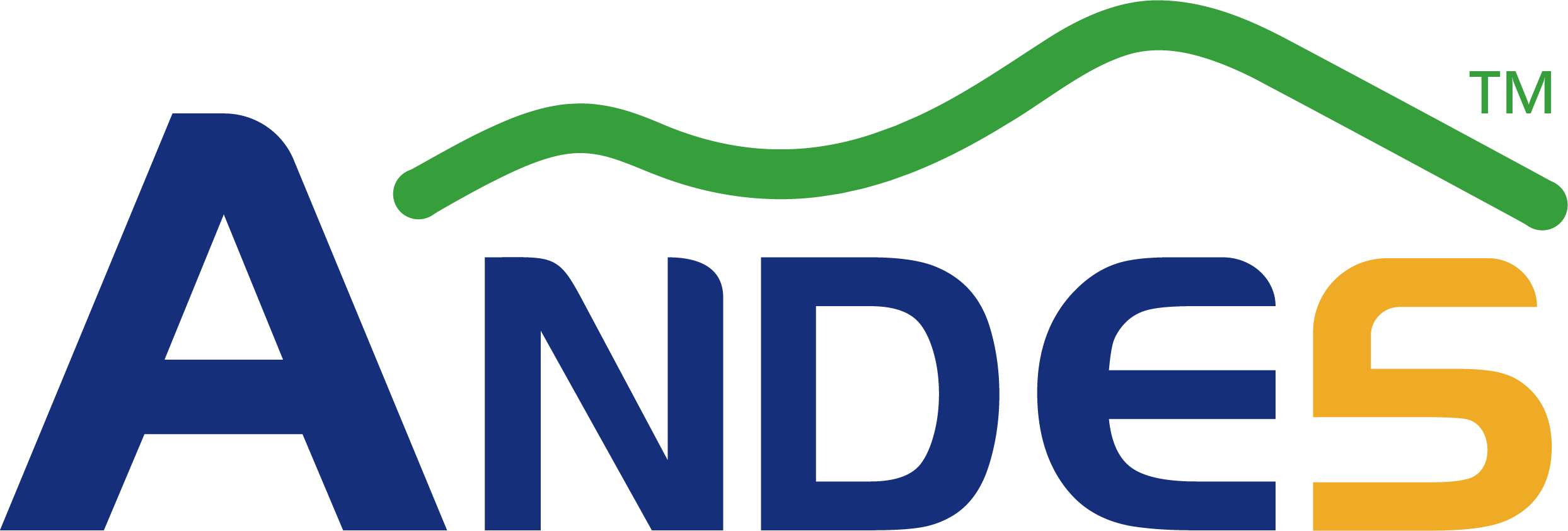The system-on-chip (SoC) movement is intrinsically linked to external IP products, and here, it’s not just fabless chipmakers who work closely with IP suppliers. Large foundries like TSMC also maintain close relationships with IP vendors to optimize their process nodes and libraries for processor cores and other design architectures that these IP firms provide.
Now if you look at the SoC landscape, while mobile markets provide the bulk of volumes, the Internet of Things (IoT) platform is clearly the next frontier. The testament of IoT’s growing clout is TSMC’s strategic focus on expanding its ecosystem to serve the IoT markets. Case in point: the world’s largest pure-play fab has built a close liaison with Andes Technology Corp., a supplier of low-power and low-cost embedded CPU cores also based in Hsinchu, Taiwan.
Andes wins TSMC’s 2015 Partner of the Year award for New IP
TSMC has presented Andes the 2015 Partner of the Year award for New IP during the company’s recent Open Integration Platform Ecosystem Forum. TSMC’s symposium is aimed at having its customers and ecosystem partners under the same roof and share with them new solutions for the prevalent design challenges.
The award, received by Emerson Hsiao, Senior VP of Andes Technology USA, underscores the three-way ecosystem between chipmakers, fabs and IP suppliers. Hsiao claims that Andes’ CPU cores have been shipped in over 700 million chips, and the majority of these chips have been fabricated at TSMC. The Hsinchu, Taiwan-based IP licensor, which houses its key CPU designers in Sunnyvale, California, also boasts 85 customers worldwide.
Hsiao: 700 million CPU sockets and counting
At the OIP symposium, Suk Lee, Senior Director of TSMC’s Design Infrastructure Marketing Division, acknowledged the crucial importance of power efficiency in the emerging IoT applications and subsequently the role of processor IP in power savings in the next-generation IoT chip design.
Andes offers a series of 32-bit processor cores labeled as N7, N8, N9, N10 and N13 and these IPs are targeted at IoT applications encompassing areas such as smart sensors, smart appliances, medical, touch panels and wireless charging.
Andes’ IoT Play
There are clear signs that IoT has started to disrupt the microcontroller segment where the growth now mostly depends on how MCU makers innovate and differentiate their chips for specific IoT markets. Here, Andes’ 32-bit processors and associated SoC platforms offer a viable alternative to other processor cores such as ARM and MIPS to better differentiate their products.
Second, given the fact that the IoT industry is still in an embryonic stage and most IoT products have low or medium level volumes, Andes’ low-cost structure goes a long way for the IoT-centric chip designs. Third, a smaller code size greatly helps in longer battery life that epitomizes the IoT value proposition.
Andes was founded in 2005 with the vision of hardware functionality specific to power saving needs of the new computing paradigm that would serve machine-to-machine (M2M)-like services. Since then the company has been making steady gains with its 32-bit processor cores in the emerging IoT markets like smart home and connected wearables.
Andes scored a major design win earlier this year when the SoC powerhouse MediaTek announced to license its N9 processor core. It’s worth noting that MediaTek has so far been exclusively working with ARM processor cores.
MediaTek licensing N9 core is a major endorsement for Andes
Andesis also exploring the diversified potential of IoT markets through the community platform Knect.me. The website showcases IP solutions, software stacks, and tools for SoC implementation for chipmakers, application developers and system houses. Next up, Andes is planning to create the “IoT League” to showcase products that have been developed through the Knect.me community.
Also read:
Andes: 32-bit MCUs Way to Go for IoT
A Brief History of Andes Technology
Share this post via:





Comments
0 Replies to “TSMC Award Recognizes Andes’ IoT Credentials”
You must register or log in to view/post comments.